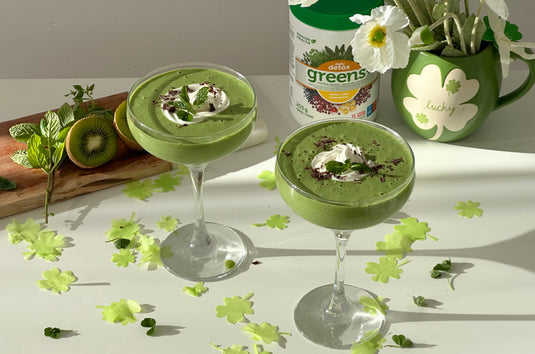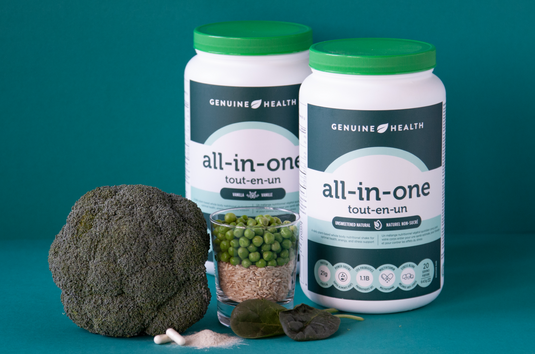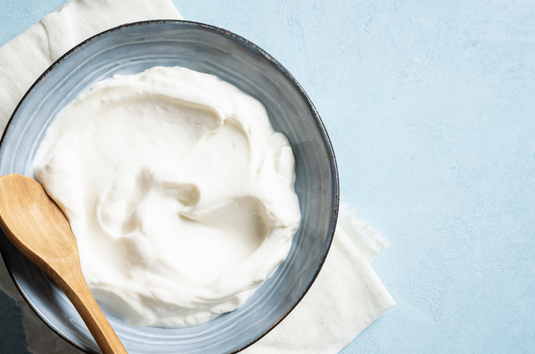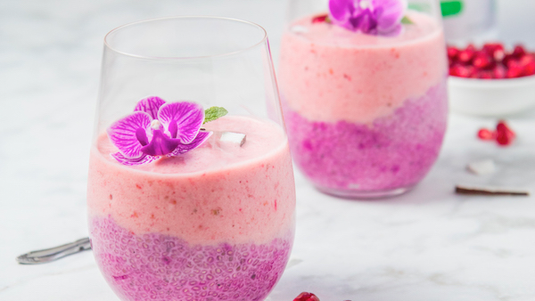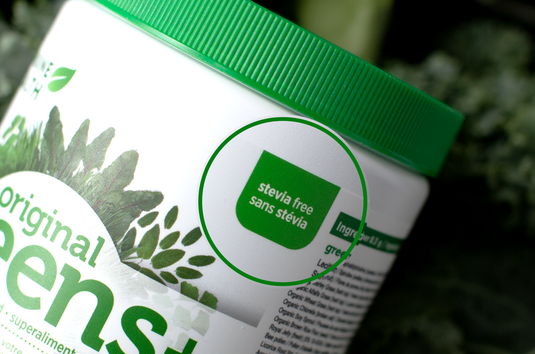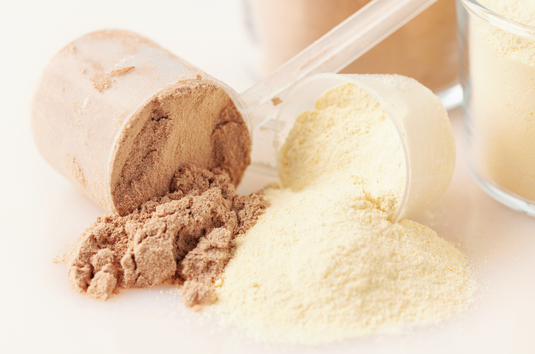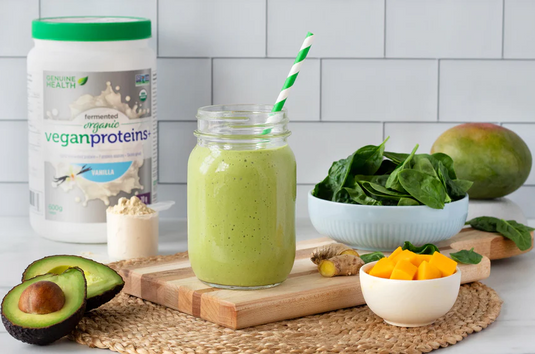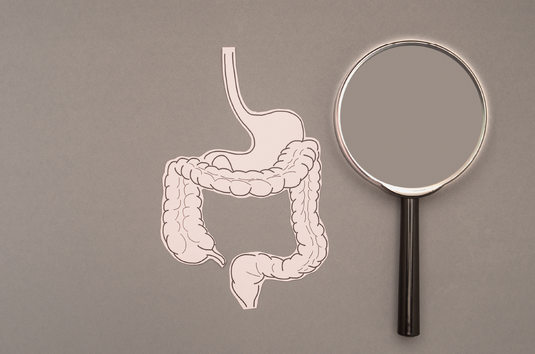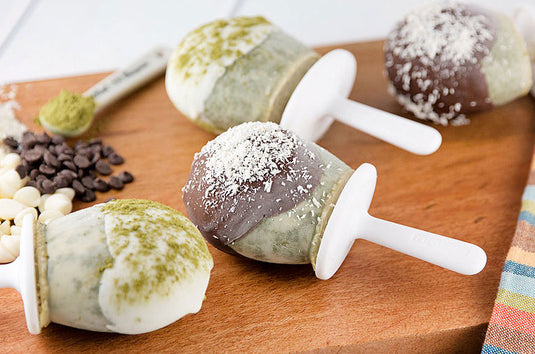Le lien entre les allergies et les probiotiques chez les enfants

En tant que parent, vous souhaitez le meilleur pour votre enfant. Que ce soit en matière d'éducation, d'expériences ou d'opportunités, mais surtout de santé. L'un des meilleurs moyens d'y parvenir est de prêter une attention particulière à la santé intestinale de votre enfant dès son plus jeune âge.
Une communauté bactérienne vit dans l'intestin – le microbiome – qui joue un rôle majeur dans le développement du système immunitaire et constitue une importante ligne de défense contre les bactéries et les toxines qui pénètrent dans l'organisme. En fait, plus de 70 % du système immunitaire réside dans l'intestin.
Les recherches indiquent que les enfants allergiques présentent plusieurs points communs en matière de santé intestinale. Premièrement, ils présentent des taux plus faibles de bactéries bénéfiques, deuxièmement, des taux plus élevés de certaines souches plus pathogènes, et enfin, une faible diversité de souches, autant de facteurs contribuant à un microbiote sain. D'autres études ont montré que les enfants qui développent ultérieurement des allergies présentent des différences dans la composition et la diversité de leur microbiote intestinal au cours des premiers mois de leur vie par rapport à ceux qui n'en développent pas.
ALLERGIES ET L'HYPOTHÈSE DE L'HYGIÈNE
Avez-vous l'impression qu'aujourd'hui, tout le monde, même son chien, souffre d'allergies ? De nombreuses théories expliquent l'augmentation des taux d'allergies chez les enfants, notamment l'hypothèse hygiéniste . Cette dernière soutient que nous sommes trop propres pour notre bien. La prévalence des produits désinfectants a réduit le risque de maladies transmissibles, mais ils pourraient aussi contribuer à une élimination plus importante des bactéries bénéfiques, présentes sur et dans notre corps. Une meilleure hygiène signifie également que le système immunitaire humain est moins sollicité, ce qui est important pour renforcer ses défenses.
Dans le même ordre d'idées, la prévalence des antibiotiques, tant chez l'homme que dans l'alimentation, est inégale. Ces antibiotiques ne font pas la distinction entre les bonnes et les mauvaises bactéries intestinales. De nombreuses études, dont une étude de cohorte à grande échelle portant sur des bébés nés en Suède (à noter que toutes les mères n'étaient pas suédoises), ont montré une forte association entre les naissances par césarienne et le risque de troubles allergiques et d'asthme chez l'enfant. Durant son parcours génital, le bébé reçoit de nombreuses bactéries bénéfiques de sa mère ; les bébés nés par césarienne risquent donc de ne pas bénéficier de l'apport bénéfique de bactéries présentes dans le canal génital (à noter que de nombreux hôpitaux prennent désormais des mesures pour atténuer ce problème). Le point commun de toutes ces théories est l'existence d'un lien entre la diversité et le nombre de bactéries intestinales et les allergies.
L'autre chose que nous savons, c'est que l'alimentation de la plupart des enfants canadiens n'est pas propice à un microbiome sain et diversifié. Les enfants et les adolescents canadiens ne mangent pas suffisamment de fruits et légumes (surtout des légumes), et environ 40 % des fruits et légumes consommés proviennent de deux sources principales : les jus et les pommes de terre blanches. Les enfants ne consomment pas les apports quotidiens recommandés en fibres, pourtant essentiels au maintien d'un microbiome sain et au bon fonctionnement intestinal. De plus, les enfants (et même les adultes) ne consomment généralement pas d'autres sources saines de probiotiques, comme les aliments fermentés. L'aliment probiotique le plus couramment consommé par les enfants est le yogourt. Pour les enfants qui ne présentent pas d'intolérance aux produits laitiers, le yogourt est une excellente option, mais la réalité est que la plupart des yogourts pour enfants sont riches en sucres ajoutés, ce qui est contre-intuitif pour une bonne santé intestinale. De plus, le yogourt ne contient qu'environ 1 milliard d'UFC, avec peu de souches, et rien ne garantit que les souches probiotiques survivent intactes à l'acide gastrique pour atteindre le tube digestif où elles sont nécessaires.
LE RÔLE BÉNÉFIQUE DES PRÉ ET PROBIOTIQUES
Sachant ce que nous savons sur les allergies, l’immunité et la santé intestinale, la lutte contre les allergies chez les enfants devrait se concentrer sur la culture d’un microbiome sain et diversifié avec une alimentation riche en nutriments et colorée, en plus d’un soutien nutritionnel spécifique adapté à la santé digestive des enfants.
Les probiotiques avancés pour la santé intestinale des enfants de Genuine Health sont des probiotiques à croquer contenant 5 milliards d'UFC issus de 7 souches équilibrées, spécialement sélectionnées pour développer et soutenir le microbiome de l'enfant. Parmi ces 7 souches, on trouve Lactobacillus Rhamnosus GG, l'un des probiotiques les plus étudiés pour favoriser la santé infantile, et L. Reuteri, un intervenant naturel dans la santé intestinale des enfants. Il a été démontré qu'une colonisation précoce, notamment par certaines souches de lactobacilles comme L. Rhamnosus , réduit potentiellement le risque d'allergies chez les enfants. L'avantage supplémentaire de ce probiotique à croquer à la limonade est qu'il est également bénéfique pour le tractus gastro-intestinal supérieur et qu'il est certifié sans OGM.
En tant que parent, il y a tellement de choses qui échappent à votre contrôle, mais cultiver un intestin sain est une chose que vous pouvez contrôler et sur laquelle vous pouvez travailler pour vos enfants grâce à une combinaison de fibres, de prébiotiques, d’aliments fermentés et de probiotiques.
Sources :
Björkstén et al. Développement des allergies et microflore intestinale au cours de la première année de vie. J Allergy Clin Immunol. 2001;108(4):516-20.
Johansson, et al. La colonisation précoce par un groupe de Lactobacilles diminue le risque d'allergie à cinq ans malgré l'hérédité allergique. PLoS One. 2011;6(8 ):e 23031. doi : 10.1371/journal.pone.0023031.
Mitselou , et al. Accouchement par césarienne , naissance prématurée et risque d'allergie alimentaire : étude de cohorte suédoise nationale portant sur plus d'un million d'enfants. J Allergy Clin Immunol. 2018 ; 142(5) : 1510-1514.e2. doi : 10.1016/j.jaci.2018.06.044.
Thavagnanam et al. Méta-analyse de l'association entre césarienne et asthme infantile. Clin Exp Allergy. 2008 ; 38(4) : 629-33. Doi : 10.1111/j.1365-2222.2007.02780.x.
Zimmermann, et al. Association entre le microbiote intestinal et la sensibilisation allergique, l'eczéma et l'asthme : une revue systématique. J Allergy Clin Immunol. 2019;143(2):467-485. doi : 10.1016/j.jaci.2018.09.025.
